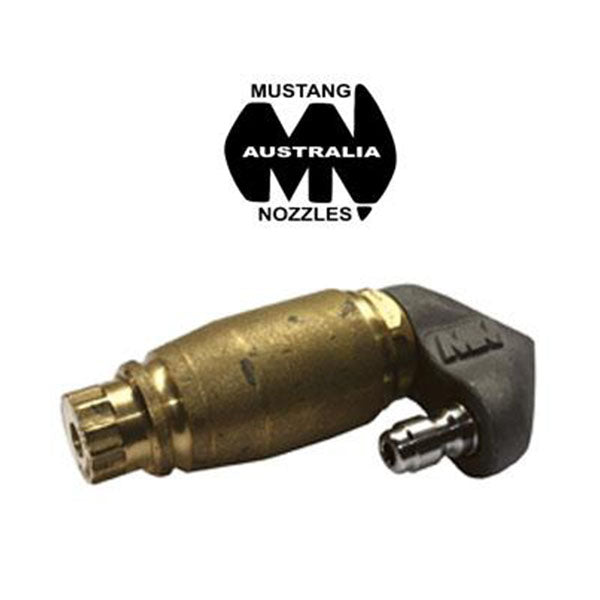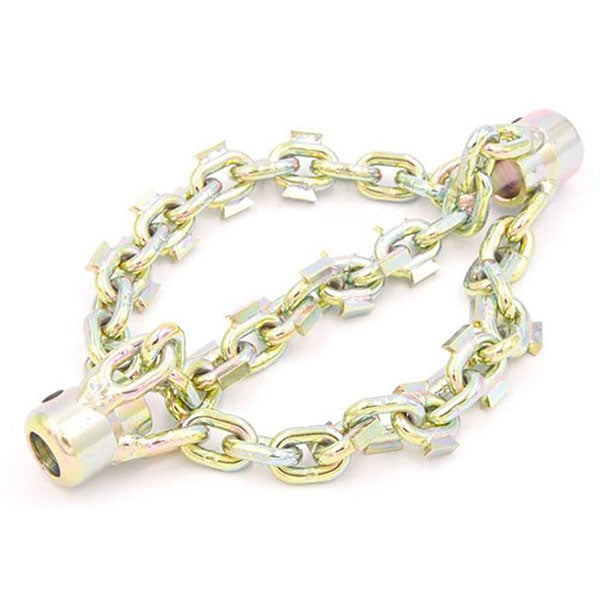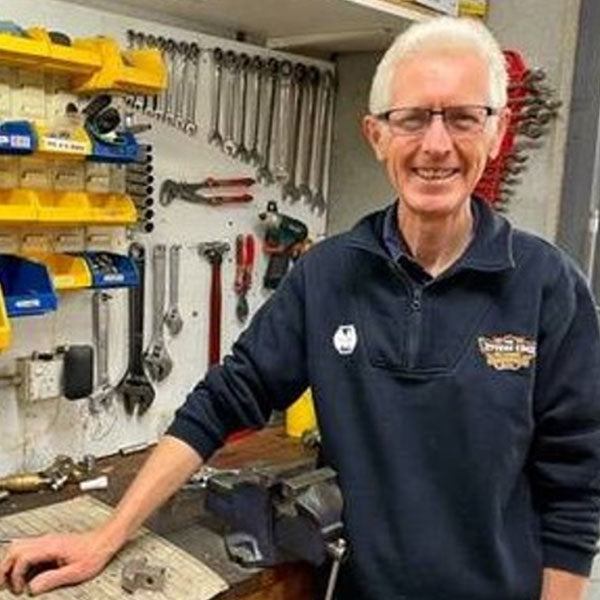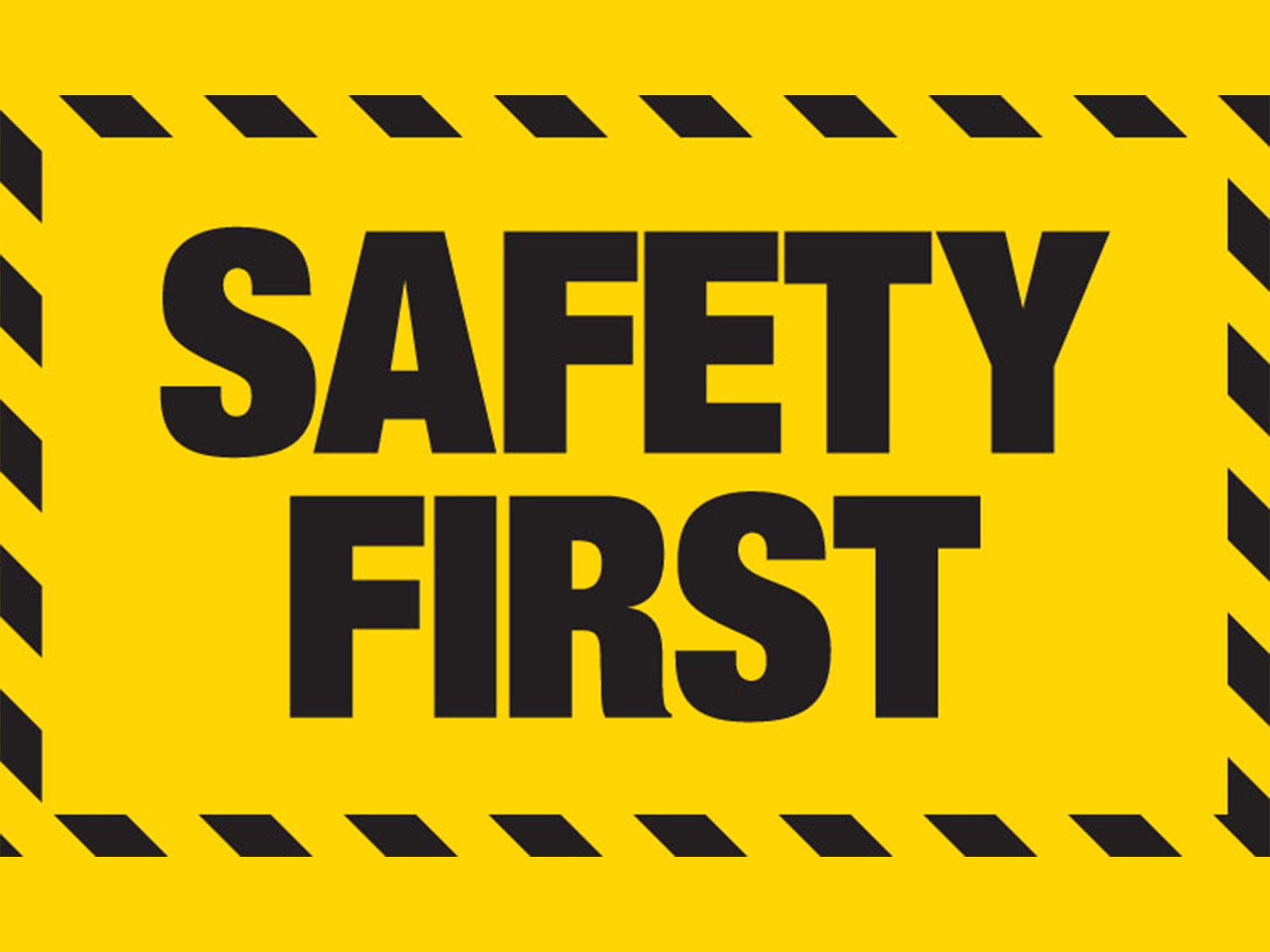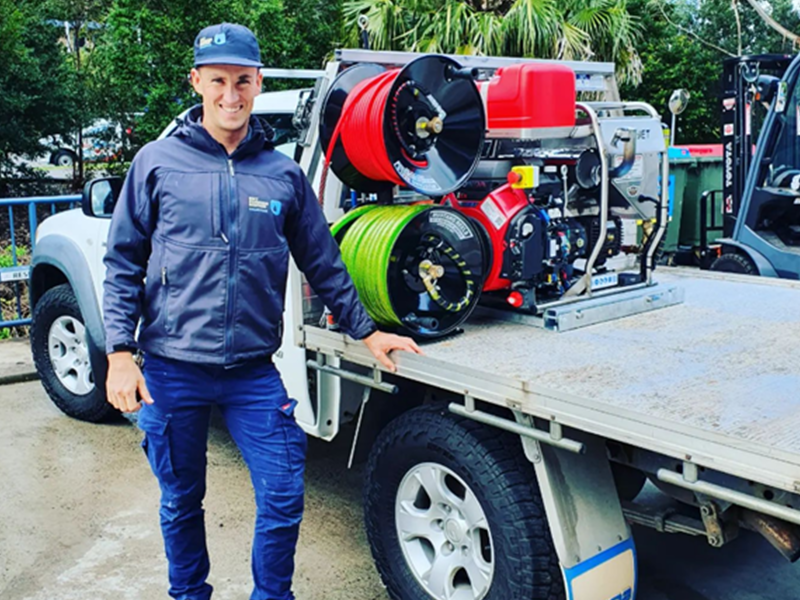High-pressure water jetters are invaluable tools in various industries, aiding in efficient cleaning and maintenance tasks. However, their power comes with potential risks that must be meticulously addressed to ensure the safety of operators and bystanders. Here we'll explore the key safety guidelines outlined in The Jetters Edge Safe Jetting Manual, providing valuable insights to foster a secure working environment.
Competency is Key: Every individual operating a high-pressure jetter must be competent in doing so. Adequate training is essential to familiarize operators with the machine's controls and potential hazards, reducing the risk of accidents.
Mindful Jetting Practices
- Avoid directing the spray jet at any person, animal, or surface that may contain asbestos.
- Never operate the jetter with a nozzle attached to the hose outside the drain, as it may cause the hose to whip out of control, posing injury risks.
- Refrain from holding a finger over the high-pressure nozzle, as skin can be penetrated by the force of the water jet.
- Release pressure in the high-pressure hose after use by operating the hose reel ball valve or gun trigger.
- Switch off the engine, depressurize hoses, and disconnect from the water supply when the jetter is not in use.
- Allow hot engine components to cool before touching or refueling.
- Do not attempt any mechanical repairs; contact The Jetters Edge or their service agent if issues arise.
- Supply only clean water to the water inlet; avoid introducing any other liquids.
- Visually check hoses for damage before each use.
- Do not pull the high-pressure hose over sharp objects or attempt to pull if it has formed kinks.
- Avoid joining jetting hoses together to prevent coupling failure or jamming in drains.
- Use the jetter in a well-ventilated area.
- Ensure the unit is level during operation to prevent engine damage.
- Stay alert, avoid operating the jetter when fatigued or under the influence of substances that impair judgment.
- Keep the work area clean, well-lit, and marked off with barriers to minimize hazards.
- Conduct a risk assessment before starting any job, considering potential risks such as high-pressure water, chemical burns, infections, and carbon monoxide.
- All operators must wear protective clothing, including safety goggles, face shields, gloves, overalls or raincoats, steel cap boots, and ear protection.
- Be cautious of engine hazards, such as toxic carbon monoxide emissions, and avoid running the jetter in enclosed areas.
- Follow proper procedures when using the jetter for wash down operations and be cautious of infectious micro-organisms in sewer lines.
You can download a copy of The Jetters Edge 'Safe Jetting Manual' here and also view other safety documentation provided by The Jetters Edge
By diligently adhering to the safety guidelines provided by The Jetters Edge, operators can harness the power of high-pressure water jetters effectively while minimizing risks. Remember, a commitment to safety ensures not only the well-being of operators but also the longevity and efficiency of the equipment. Always prioritize safety to make each jetting operation a success.




